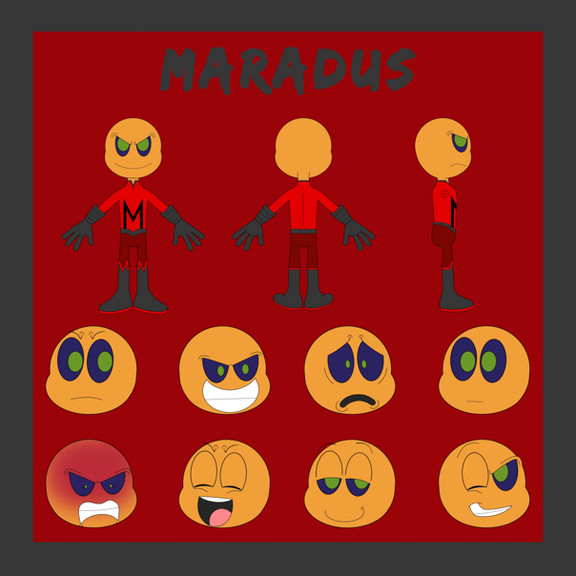HOME | DD
 Ramul — Imp log: Striped imp
Ramul — Imp log: Striped imp

#bird #creature #imp #log #monkey #species
Published: 2018-02-01 22:03:00 +0000 UTC; Views: 2680; Favourites: 72; Downloads: 17
Redirect to original
Description
The striped imps are the second-most widespread imp species, following the tropical moonspot imps, living across Faluria and Kushur. They have a mostly temperate distribution, but they can also be found in southern taigas to subtropical forests, with some populations even living in treeless highlands, where rocks provide the vertical structures rather than trees. Accordingly, they have the largest racial diversity of all imp species (if the moonspots, which are split into actual subspecies aren't counted), with variable sizes, feather lengths, patterns and base colourations.As a member of the umbra group, adult males have a darkened coat and bright yellow markings. As a trait unique to the species, males develop a beard of long yellow feathers on their throats. The yellow colouration is caused by carotenes and can vary between pale yellow to rich orange, depending on the diet, with a darker colour being more desirable. Using carotenes as a health indicator is also present in the yellow patches of adult rufus and umbra females as well as the eye colouration of all imp species. While outside of the beard and colouration there is no difference between males and females, the significant colour difference leads to differences in taken tasks, as one gender might be harder to see in a certain environment than the other.
The wide distribution leads to a large variety of cultures; while most of them are still vagrants, nomads or residents, particularly the mountainous drylands have brought forth civilized cultures, where use of tools is required to thrive in an environment they are not adapted to. Assimilated individuals are also fairly common, living among humans, elves, orcs, halflings and other imp species. Similar to spotted imps, they are sometimes hired on ships and small populations of assimilated individuals can be found living in harbor towns outside of their natural range.
Striped imps will cooperate with animals fairly often, usually wolves or corvids. Their cooperation with crows is particularly remarkable, with the birds often being treated like other clan members. This, as well as the dark colouration of the males and their natural vocalisations consisting of crow-like caws and rough barks, is reflected in the names given to the species in the most common orc language: Hata Karki (fathers of crows). Mountain populations will often cooperate with present wyvern roosts, where they will provide medical assistance and protection for the chicks when the adults are away, while the adults allow themselves to be ridden and share their prey. The wyvern riders are the only imps above a sub-palaeolithic level living on mountains inhabitated by dwarrows, since dwarrows tend to avoid the roosts.
Striped imps have two annual molts, with a lighter and more greyish winter coat. During winter, the outsides of ears and gliding membranes are also covered in feathers in more northern populations, while southern populations tend to have winter coats more resembling their summer coats both in spread and in colouration. In harbour populations in tropical areas that originally hailed from higher latitudes, the imps will develop a more sparse winter coat after several years, but usually tend to remove the feathers on their gliding membranes to keep cool.
Related content
Comments: 4

These pictures actually make me kind of sad that imps aren't actually real...
👍: 0 ⏩: 1

Very cool and interesting creature as always, the stripes makes me wanna pet it up and down its back.
👍: 0 ⏩: 0


























